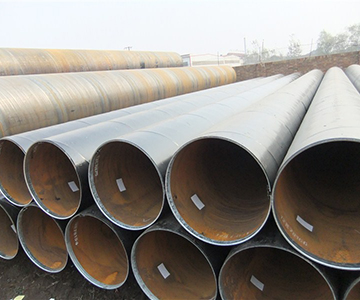2024-12-31
Do you know how spiral steel pipes are sawed off? Are there any issues that need attention? Here is a brief introduction for everyone.
After a series of processes such as forming, welding, and cooling, spiral steel pipes still need to be sawed. In this link, the length of the technical spare rule


















